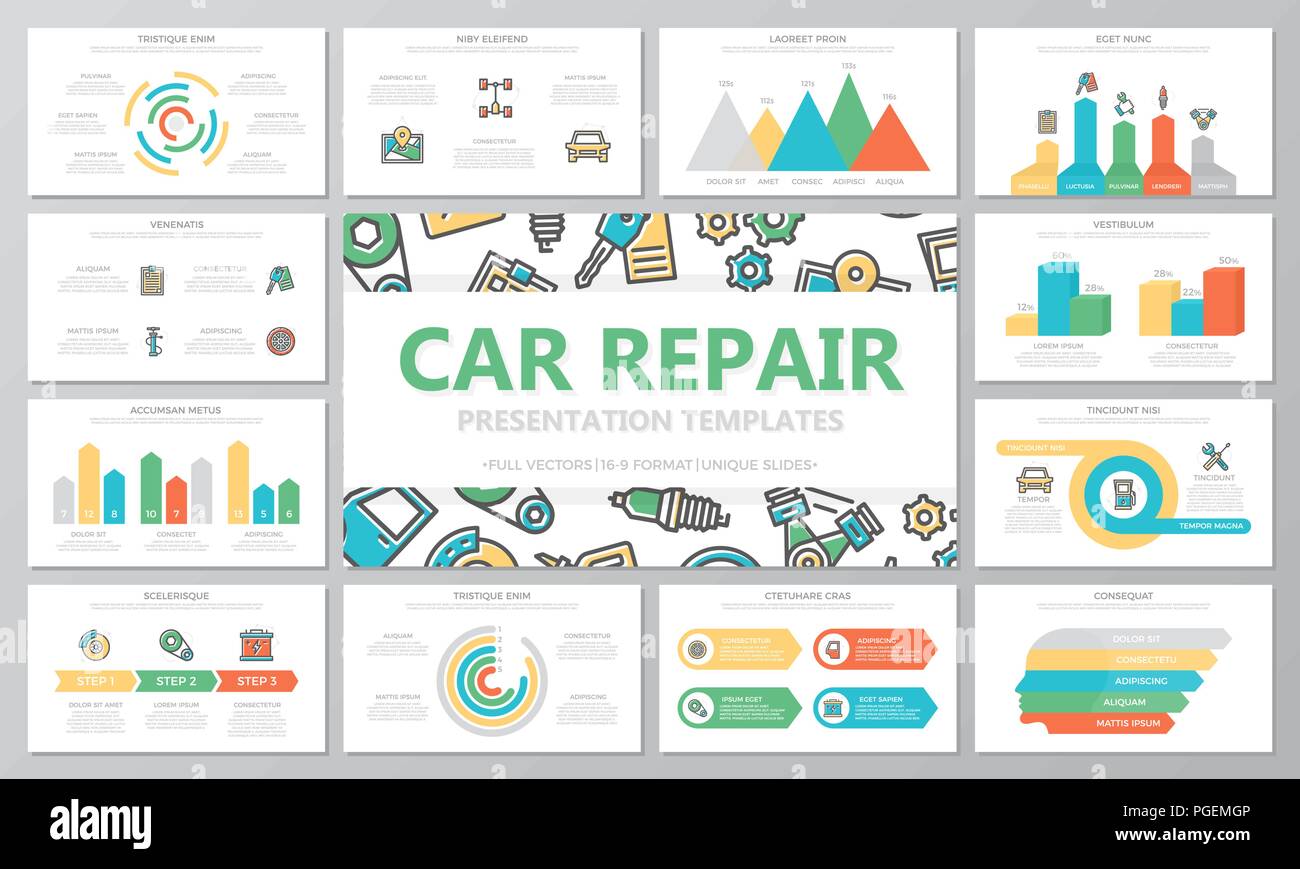Comprehending The Definition Behind Your Automobile'S Warning Lighting: An In-Depth Look
Comprehending The Definition Behind Your Automobile'S Warning Lighting: An In-Depth Look
Blog Article
Content Author-Lim Forbes
When you lag the wheel, those glowing warning lights on your dashboard can be a little bit difficult. Do you recognize what they're attempting to tell you about your automobile's health and wellness? Understanding the importance of these lights is vital for your safety and the durability of your lorry. So, the following time among those lights turns up, would not you want to decipher its message precisely and take the required actions to address it?
Common Caution Lights and Interpretations
Recognize usual warning lights in your auto and comprehend their definitions to ensure secure driving.
The most common caution lights consist of the check engine light, which indicates concerns with the engine or discharges system. If this light begins, it's essential to have your lorry inspected quickly.
The oil stress alerting light shows reduced oil pressure, calling for prompt interest to avoid engine damages.
A flashing battery light might recommend a faulty billing system, potentially leaving you stranded if not addressed.
The tire pressure surveillance system (TPMS) light alerts you to reduced tire pressure, affecting car security and fuel effectiveness. Ignoring this can bring about harmful driving problems.
The abdominal muscle light indicates a problem with the anti-lock stopping system, jeopardizing your capability to stop promptly in emergency situations.
Lastly, the coolant temperature advising light warns of engine getting too hot, which can result in serious damages otherwise resolved quickly.
Recognizing great site will certainly assist you attend to concerns immediately and preserve risk-free driving problems.
Value of Prompt Attention
Recognizing the typical caution lights in your cars and truck is just the initial step; the relevance of quickly resolving these cautions can't be highlighted enough to ensure your safety and security when driving.
When a warning light brightens on your dashboard, it's your car's way of communicating a potential issue that needs focus. Overlooking these cautions can bring about extra extreme problems in the future, compromising your safety and security and possibly costing you more in repairs.
Motivate attention to cautioning lights can prevent break downs and crashes. For example, a flashing check engine light could indicate a misfire that, if left unattended, could trigger damage to the catalytic converter. Resolving this immediately can conserve you from an expensive repair work.
In a similar way, a brake system cautioning light could signal reduced brake liquid or worn brake pads, vital parts for your security when driving.
Do It Yourself Troubleshooting Tips
If you see a warning light on your dashboard, there are a few DIY repairing suggestions you can try prior to seeking professional help.
The first step is to consult your vehicle's guidebook to recognize what the particular caution light shows. Often the concern can be as simple as a loose gas cap triggering the check engine light. Tightening the gas cap might resolve the problem.
An additional common problem is a low battery, which can trigger different warning lights. Checking https://electric-brakes06405.59bloggers.com/30686904/debunking-the-top-five-misconceptions-bordering-car-outlining for corrosion and guaranteeing they're secure may fix the issue.
If a caution light persists, you can attempt resetting it by disconnecting the car's battery for a couple of minutes and afterwards reconnecting it. Additionally, checking your vehicle's fluid degrees, such as oil, coolant, and brake liquid, can aid troubleshoot warning lights related to these systems.
Conclusion
In conclusion, understanding your cars and truck's warning lights is vital for maintaining your lorry running efficiently and securely. By without delay addressing these notifies and understanding what they suggest, you can stay clear of pricey repairs and possible failures.
Keep in mind to consult your vehicle's guidebook for specific information on each alerting light and do something about it appropriately to ensure a trouble-free driving experience.
Remain informed, remain safe on the road!
